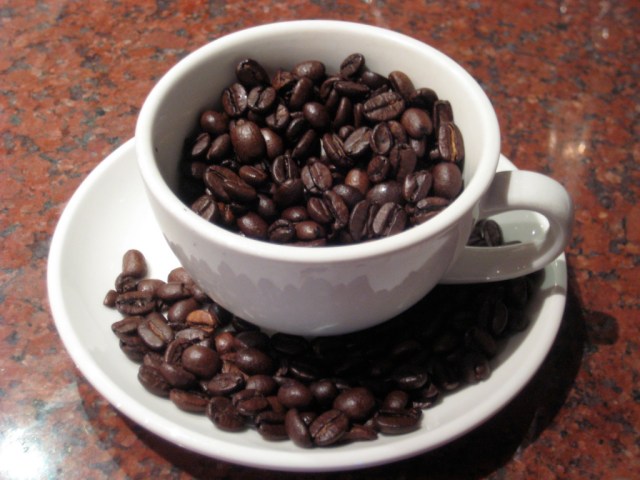Science Shows Us How To Make The Most Out Of Our Coffee
And no, it's not by injecting it directly into our veins

If you suspect that your regular morning coffee is no longer giving you the same potent jolt it once did, you could be right–or maybe you’re just sleep deprived and delirious. Turns out knowing when to drink coffee so that you can maximize its energy-giving potential is a delicate scientific matter, and beanheads everywhere are doing it all wrong.
Steven Miller of the Uniformed Services University of the Health Sciences writes for Gizmodo that knowing how to maximize the benefits of a cup of joe is all about understanding chronopharmacology–how your body’s biological rhythms interact with a drug like caffeine (yep, even in a cup of delicious, shade-grown coffee, caffeine is still a drug.)
The most important rhythm of your body to consider before pounding that cuppa is your circadian clock, a twenty-four hour clock that runs on a day-night cycle and can be reset by external factors, also called zeitgebers. The most influential zeitgeber for coffee-swilling, pencil pushing mammals such as ourselves is light.
Your circadian clock and the zeitgebers that impact it influence the body’s production of the stress hormone cortisol. Most people have the peak amount of cortisol in their blood between 8 and 9 am and again between 12 pm and 1 pm. If you’re coming up on a peak cortisol time, don’t reach for that java! The hours of the day in which we are the most naturally alert are the least efficient times of day to use a boost.
Consistently drinking coffee during the hours when you need it the least will just build your drug tolerance. Instead, Miller suggests waiting until the windows where your cortisol levels are dropping: from 9:30 am to 11:30 am, or shortly after that second peak, around 1:30.
So go ahead and enjoy your liquid crack! But drink smarter, not harder. Your breath and your bladder will thank you.
(via Gizmodo, image via Amanda)
Have a tip we should know? [email protected]